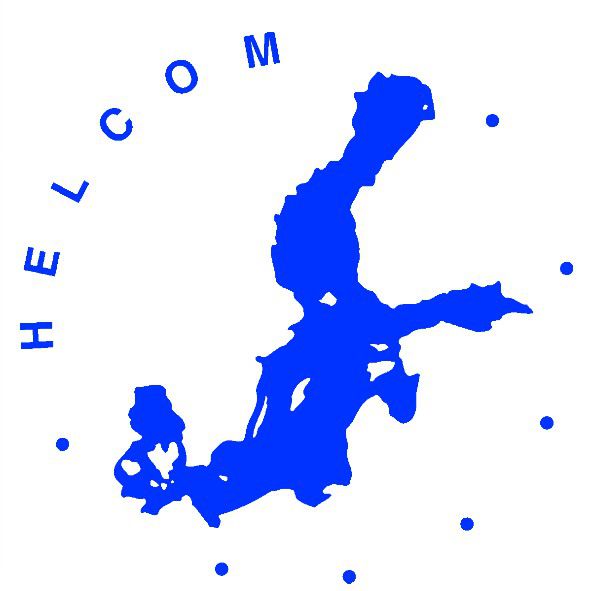-
 Barebone computer
Barebone computer
-
 Acutance
Acutance
-
 CHILL
CHILL
-
 Lethal
Lethal
-
 Bronchitis
Bronchitis
-
 Pancreatectomy
Pancreatectomy
-
 TDMA
TDMA
-
 Avogadro's law
Avogadro's law
-
 SSL
SSL
-
 Glycaemia
Glycaemia
-
 Anion
Anion
-
 LNG
LNG
-
 Anti-anaemic
Anti-anaemic
-
 Pyelo-ureteric junction
Pyelo-ureteric junction
-
 Hydro-injector
Hydro-injector
-
 Emergence
Emergence
-
 Bearer service
Bearer service
-
 Larynx
Larynx
-
 Glycerol
Glycerol
-
 Wavelength
Wavelength
-
 Triton
Triton
-
 Archetype
Archetype
-
 Cévenol episode
Cévenol episode
-
 Conductivity
Conductivity
-
 Venotonic
Venotonic
-
 Axillary
Axillary
-
 Hormone-sensitive
Hormone-sensitive
-
 JAXA
JAXA
-
 HQE
HQE
-
 Thermoset
Thermoset
Helsinki Convention
Signed in 1974 and then revised in 1992, the Convention on the Protection of the Marine Environment of the Baltic Sea Area, also called the Helsinki Convention, aims to fight against pollution of the Baltic Sea.
All the countries along the Baltic Sea, as well as the European Union, signed the Helsinki Convention, which entered into force in 1980. The revised version entered into force in 2000.
Objectives of the Helsinki Convention
This convention more particularly targets pollution by discharge of waste via watercourses, canals and pipes, as well as by dumping at sea. The convention also prohibits the introduction of certain toxic substances in the Baltic Sea: dichlorodiphenyltrichloroethane (DDT) and its derivatives (DDE and DDD), polychlorobiphenyls (PCBs) and polychlorotriphenyls (PCTs).
The special case of nuclear waste and munitions dumped during the second world war is addressed by this convention.
 Logo of the Helsinki Convention Commission. © HELCOM
Logo of the Helsinki Convention Commission. © HELCOM
Latest
Fill out my online form.



